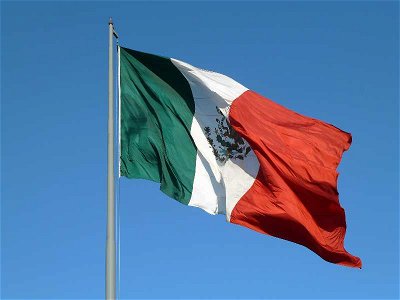29. Another artifact found in the Pyramid of the Sun was made of alabaster and was in the shape of which animal that was also important to other groups in Mesoamerica?
From Quiz More Tales of the Pyramid
Answer:
Ocelot
In the ancient Aztec language, the word "ôcçlôtl" actually meant jaguar, an animal that represented one of eight deities that were believed to have been important in Teotihuacan. There is evidence, however, that ocelots were sacred among some Mesoamericans as well. While the two animals may be similar in appearance, the jaguar is considerably larger than an ocelot and has rosette markings rather than the stripes, spots, and rosettes of an ocelot. So why was the discovery of the Teotihuacan Ocelot significant? Mostly because it was one of a very few artifacts found in the Pyramid of the Sun. Made of alabaster, the ocelot has a depression on its back. Some archaeologists believe that perhaps sacrificial hearts were placed there, but there really is no basis to this theory.
 The Niños Heroes or Boy Heroes have become an important part of Mexican history. Though some of the story may be more myth than truth, their actions are often remembered as a heroic display of patriotism. Learn about them in this quiz. Good luck!
The Niños Heroes or Boy Heroes have become an important part of Mexican history. Though some of the story may be more myth than truth, their actions are often remembered as a heroic display of patriotism. Learn about them in this quiz. Good luck! 






 Quick Question
Quick Question Top 20% Rated Quiz,
Top 20% Rated Quiz,